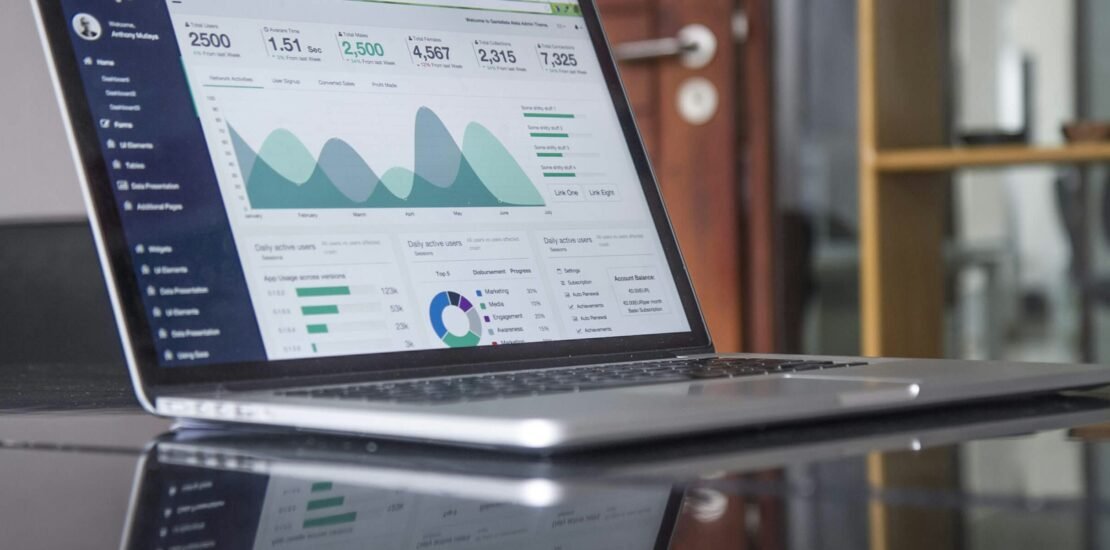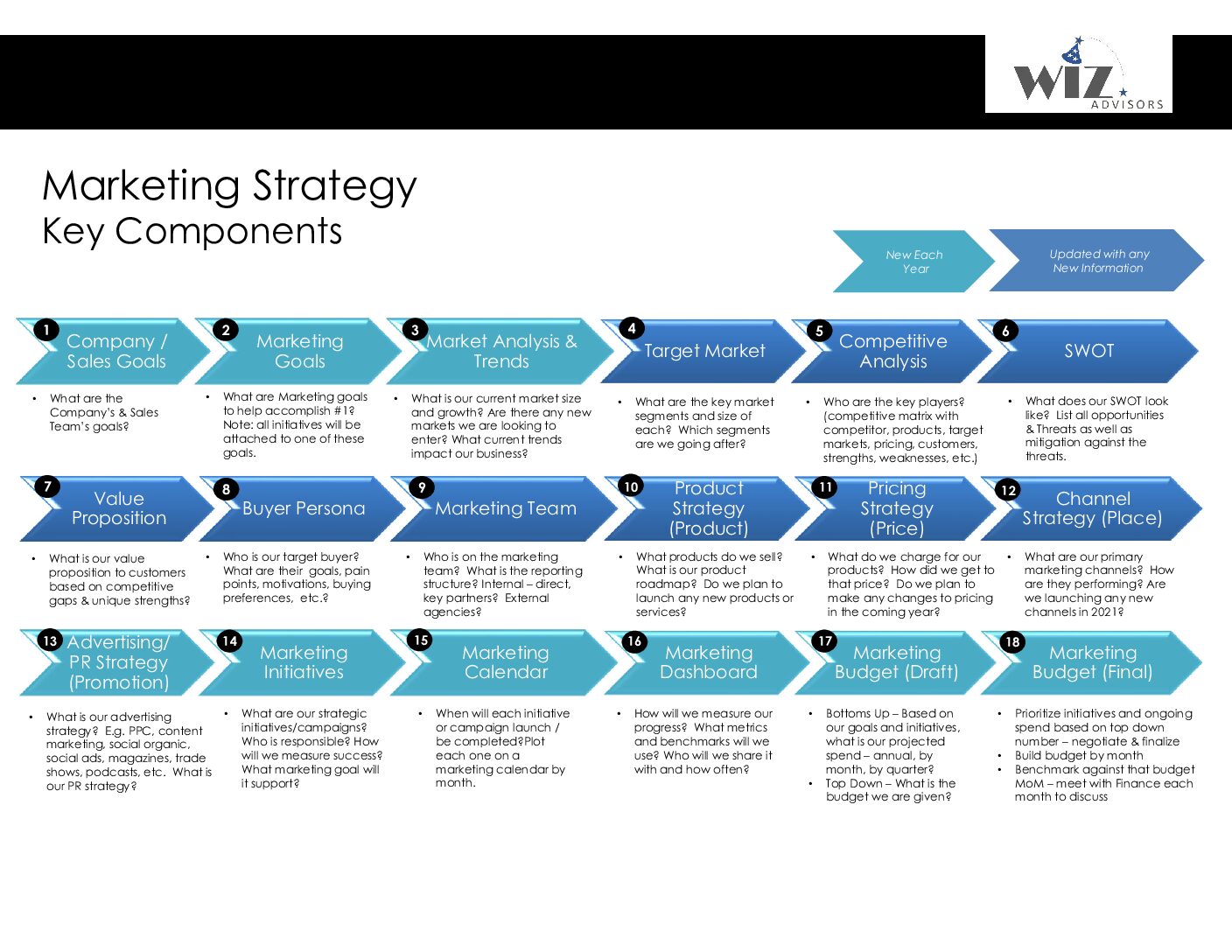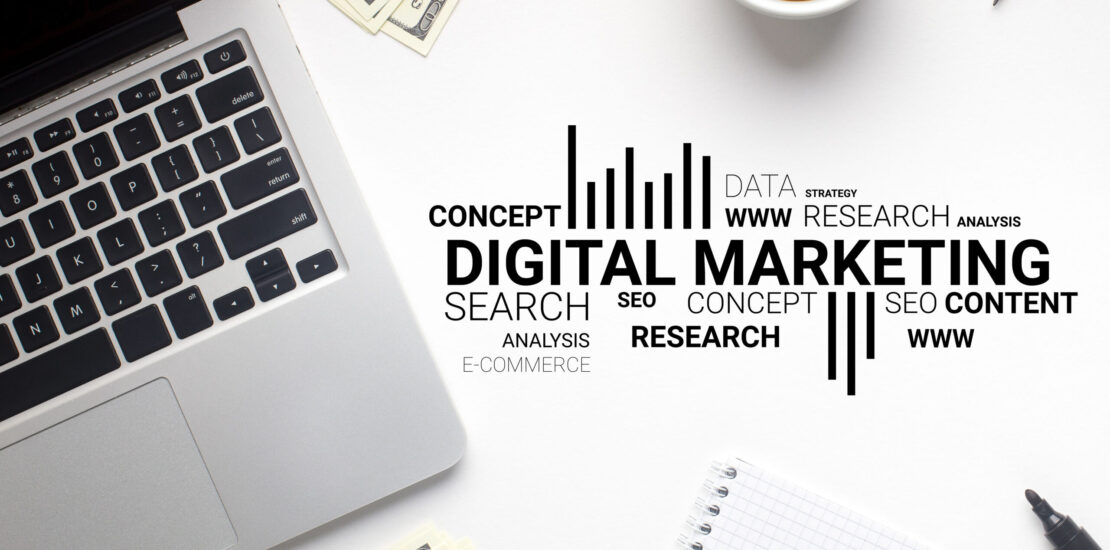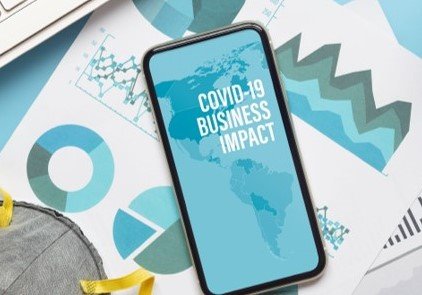digital marketing
-
Top 10 Marketing Trends of 2025 – Backed by the Latest Stats
- April 9, 2025
- Posted by: Stacey Wisniewski
- Categories: Blog, Marketing Strategy
No Comments
Here are the top 10 digital marketing trends that we see dominating 2025, backed by the latest statistics.
-
Five Proven (and Inexpensive) Strategies for Increasing Brand Awareness in 2025
- November 5, 2024
- Posted by: Stacey Wisniewski
- Categories: Blog, Marketing Strategy

-
The Marketing Strategy Framework You Never Knew You Needed
- August 20, 2024
- Posted by: Stacey Wisniewski
- Categories: Blog, Marketing Strategy

-
The Current State of Digital Marketing – Where Companies Should Spend their Marketing Dollars in 2024
- March 12, 2024
- Posted by: Stacey Wisniewski
- Categories: Blog, Marketing Strategy

-
Brand Trust – The Key to B2B Success Post-COVID
- January 20, 2021
- Posted by: Stacey Wisniewski
- Category: Marketing Strategy

-
How COVID Has Impacted Marketing in 2020
- September 29, 2020
- Posted by: Stacey Wisniewski
- Category: Marketing Strategy
